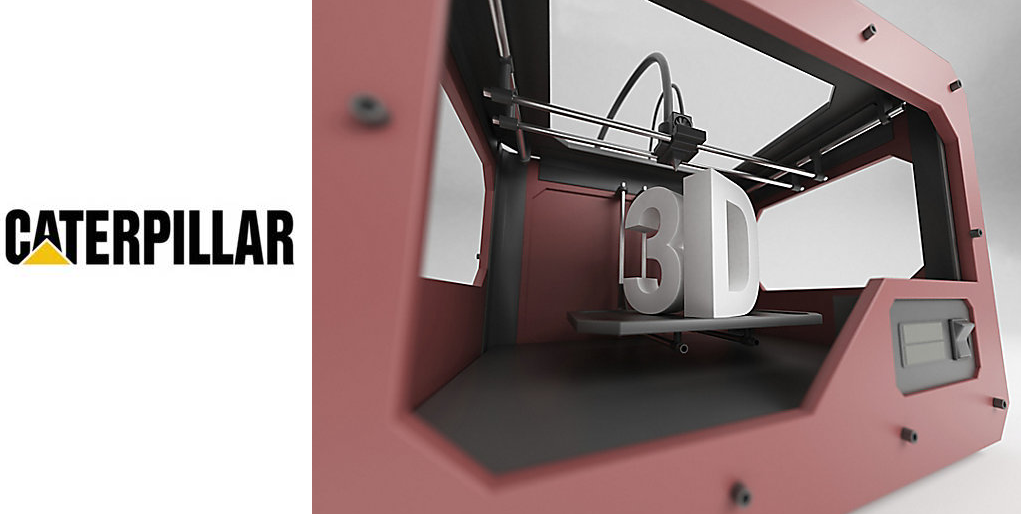This is exactly the story behind Caterpillar, Inc. You may not follow the manufacturing sector closely, but you hardly need to in order to be familiar with this company. It is the world’s leading manufacturer of mining and construction equipment, industrial gas turbines and diesel-electric locomotives, and natural gas and diesel engines.
Another way to describe this company is that it is rare to pass a large construction site and not see the company’s name emblazoned on one or more pieces of construction equipment. Dating back to the early twentieth century, and headquartered in Peoria, Illinois, the company now embraces the twenty-first century as a turn to 3D printing has recently helped a manufacturing process that was not going well.
At the Caterpillar transmission assembly plant in Dyersburg, Tennessee, a faulty assembly line procedure had people believing thousands of dollars would be lost as the problem was fixed. But thankfully, Caterpillar’s 3D printing team was called in and was able to 3D print a “temporary plastic tool and got it to the facility overnight, saving the line from going down. ” The fact that the tool could be made out of plastic, using 3D printing, and not metal made the process go quicker and kept the transmission assembly line from being shut down.
Jim LaHood is on Caterpillar’s 3D printing team, and he has this to say about the technology:
“The possibilities are endless in the factories. Things that are previously done out of metal that don’t need to be – like little tools and gauges – can be made from plastic now.”
LaHood also describes how money and time is saved, as 3D printing also offers a more sustainable alternative to traditional manufacturing. One example of this is “low selling parts” that have always been a big inventory, shipping, and tooling cost. What once took a year to make now can be made overnight using 3D printing.
Caterpillar also acknowledges the convenience and cost-effectiveness of on-site 3D printing capabilities, and the company is currently working on a way manufacturing sites can print parts when they need one to keep production going — exactly like what happened in Tennessee on the transmission assembly line.
Discuss this story in the Caterpillar 3D Printing forum thread on 3DPB.com
